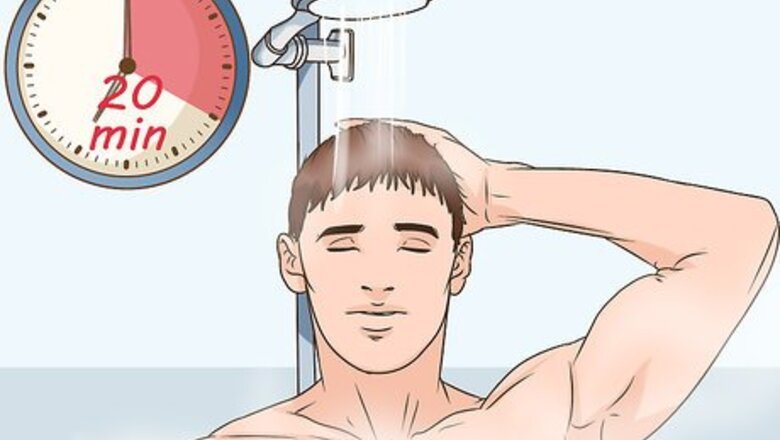
views
Reducing Personal Hot Water Use

Take shorter showers. 20 minutes of shower time per day - a conservative estimate for many multi-person households - can add up to 700 gallons of water a week. To frame that in terms of conservation, that’s the equivalent of three years worth drinking water for one person. It will also lead to considerable hot water heating costs, which will vary based on your location. Keep showers to five minutes maximum. Two or three minutes should be plenty to wash up. Short showers will use much less water than baths. If you do take a bath, only fill it up as much as is necessary to wash. Taking cooler showers will also save you water heating costs, though water cost and conservation are important to be aware of as well.
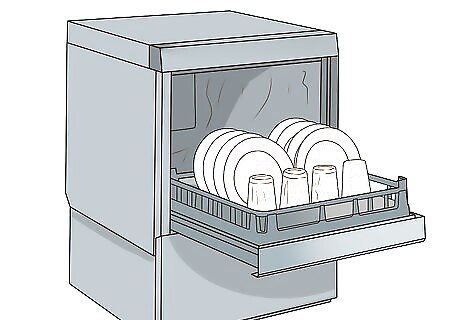
Wash dishes and clothes consciously. In particular, use the “economy” setting on your washing machines, and choose short washing cycles if you have the option. Only run clothes or dish washing machines with a full load. If your dishwasher is equipped with a booster heater, turn it on. Dish washing machines use less water than hand-washing, if used efficiently. If you are washing dishes by hand, fill a washtub with soapy water instead of letting the faucet run. Use cold water for the majority of clothes washing cycles. Always choose cold water for the rinse cycle. Replace an old or inefficient machine with a more energy efficient model. For information on doing so, see the corresponding section in this article.
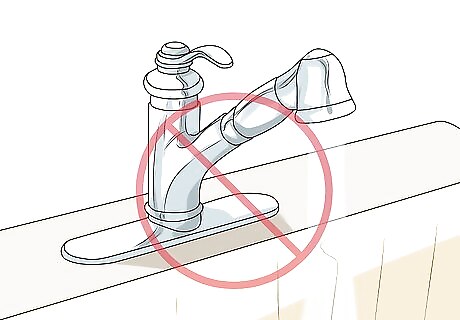
Avoid letting the water run. It can be tempting to let the water run while warming up a shower, or while brushing your teeth. This not only wastes water, it costs you money. Get in the habit of rinsing your toothbrush for a moment, and turning the faucet off aside from quick rinses while brushing.
Fixing and Updating Fixtures
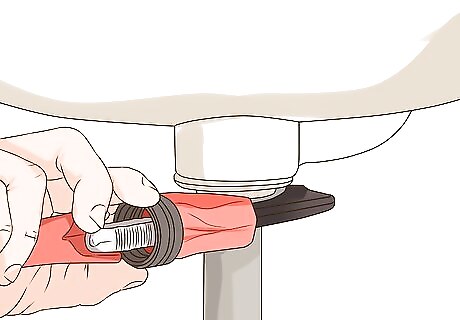
Repair leaky fixtures. One drip per second adds up to over 3,100 gallons of water over the course of a year. Not only is this wasteful, it will likely cost you around $1 per month for each leaky fixture. See if you can fix a fixture yourself before calling a plumber. Turn off water to the fixture and take it apart. Often, replacing a rubber o-ring or other internal part is sufficient to stop a leak. Bring broken or worn-out pieces to the hardware store with you, to ensure you get the correct replacement. Be sure to periodically check outdoor water fixtures for leaks as.

Replace or add an aerator to faucets. Many modern faucets are equipped with a screw-on metal attachment that determines the faucet’s maximum flow rate. Make sure the faucet in your kitchen is equipped with an aerator that restricts water flow to about 1.0 gallon per minute (gpm) (3.8 liters). Likewise, make sure your bathroom faucet’s aerator restricts flow rate to 0.5-1.0 gpm (3.8-1.9 liters). Standard flow rate for kitchen faucets is 2.2 gpm (8.3 liters). The lower the flow rate, the more you’ll save. Aerators themselves are inexpensive. Altogether, using an aerator is the most cost-effective way to conserve water. Bring an old or leaky aerator to the home improvement store with you, to ensure the one you purchase will fit your faucet. If you have a faucet without internal threading for an aerator, considering updating to a newer faucet with a built in aerator. Prices vary, but there are many options below $100.
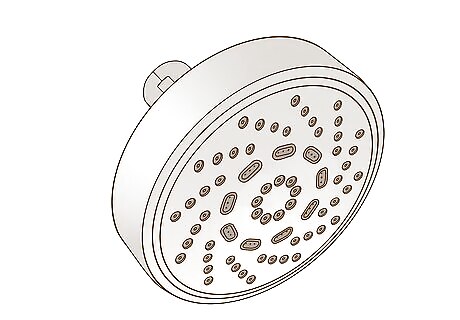
Install low-flow shower heads. Low-flow shower heads can save as much as 60% of the water you’re using in the shower. Further, they can cost as little as $10 to $20. Simply by using low-flow faucets and shower heads, your household will likely save thousands of gallons of water each year. Use a shower head with a flow rate under 2.5 gpm (9.5 liters). Either aerating or laminar-flow shower heads can be good low-flow options. However, laminar-flow shower heads create less steam, and may be preferable in humid climates. If your shower heads were installed before 1992, they likely have excessive flow-rates. Replace them at your earliest convenience.

Test whether a shower head needs to be replaced. There’s an easy way to determine whether your shower head is using too much water. Place a bucket with marked measurements beneath your shower head, where it will catch the water. Turn the shower on. If your shower head allows you to adjust the pressure, set it to normal pressure. Time how long it take for the bucket to fill to the 1 gallon (3.8 liter) mark. If the bucket fills with this amount of water within 20 seconds, you will save money and conserve significant water by replacing the shower head with a low-flow option.
Purchasing Energy Efficient Appliances
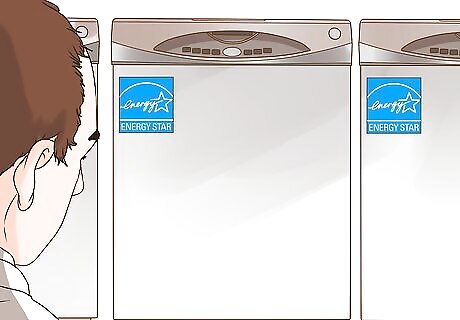
Look for the ENERGY STAR® label. If you’re on the market for a new dishwasher or clothes washer, opt for one that is labeled as energy efficient. These machines will immediately reduce your water-heating costs. For instance, replacing a 10-yr old clothes washer can save you well over $100 a year. Similarly, an energy efficient dishwasher will use much less energy overall, reducing not only your water heating costs but your electricity costs as well.
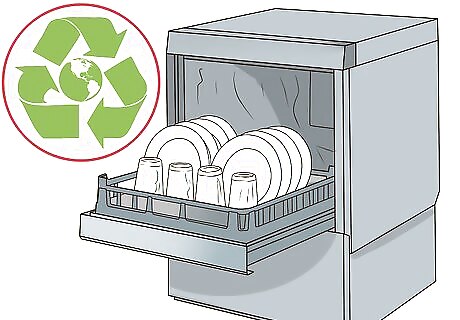
Selecting an energy efficient dishwasher. EnergyGuide labeling, which will project the expected annual cost of operating the washer, cannot be relied upon entirely. This is in part because smaller dishwashers, such as “compact” options, will be scored as more energy efficient, but will also wash less dishes per load. If you live in a multi-person home, a full capacity dishwasher is likely a better option. Choose an option with a booster heater. This feature heats water as it enters the machine. This is important because high water temperature is better for washing dishes. Ultimately, a booster heater allows you to keep the temperature on your water heater’s tank at an energy efficient level, and still clean your dishes effectively. Choose an option with different wash cycle options. The ability to choose shorter cycles to wash dishes that require less cleaning will allow you to save water and water heating costs.
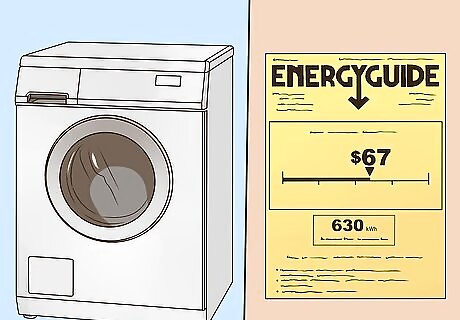
Choosing an energy efficient clothes washer. An energy efficient clothes washer will cost about three times less to operate than a traditional washer. Generally, front-loading washing machines will use less water. Opt for a machine that allows you to select water temperatures for each cycle, and use cold water whenever possible. Always use cold water to rinse. Again, smaller models will have better EnergyGuide ratings, though a full-size option is better if it means running less loads.
Maintaining Your Hot Water Heater
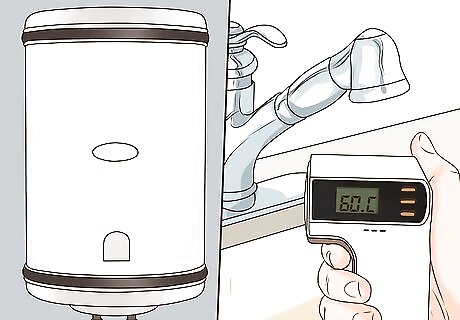
Turn your tank’s thermostat to 120°F (49°C). Most homes are equipped with conventional water heaters that store hot water in tanks. Water is constantly reheated as it cools down naturally. This is an inefficient process that leads to considerable costs, but there are a few steps you can take to improve your water heater’s efficiency. For instance, you will save 3-5% on your water heating costs for every 10°F (12°C) reduction in the tank’s standing water temperature. Since water heaters are usually set to 140°F (60°C), you’ll likely be saving a good amount just be taking this step. Don’t trust the heater’s thermostat. (Some won’t have numbers anyway.) Instead, carefully hold a thermometer beneath the faucet farthest from the water heater and turn the hot water on full blast. After a few seconds, read the thermometer. This will establish the tank’s temp. Go back to the hot water heater and check it's thermostat. If it’s accurate - great. If it’s not, write down the actual temperature next to a mark at the level shown. Using the temperature you found as a guide, turn down the water heater’s thermostat to whatever you think will bring the actual temp of the water’s tank down to 120°F (49°C). Wait two hours or more and take the water’s temperature at the faucet you tested earlier. It may take a few adjustments of the water heater’s thermostat to get the tank’s temperature to 120°F (49°C). Once you do, mark the water heater’s thermostat at the level that maintains this temperature.
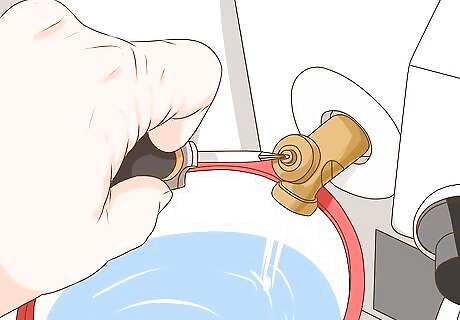
Drain the tank’s sediment. Your water heater’s tank will gradually build up deposits. Fortunately, you don't have to drain the entire tank to keep these deposits from accumulating. Drain a quart of water from the tank every three months to keep the heater working at its peak efficiency. To do so, turn off the water running to the water heater, as well as the heater’s power. For gas units, set the burner on “pilot.” Connect a hose to the spigot at the tank’s base, and run the other end to a drain. Lift the pressure-relief valve on the tank and open the spigot. Take care not to let the water touch you or anyone else.
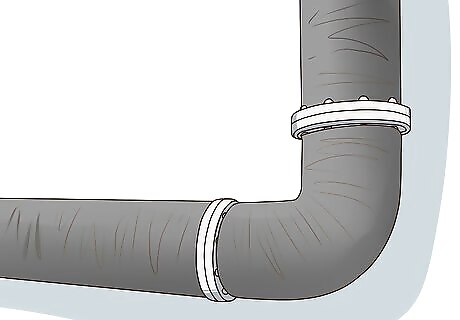
Insulate hot water pipes. Make sure the pipes that hold your hot water are well insulated. This will keep the water several degrees warmer, preventing unnecessary reheating. You can use self-sealing sleeves that cost a few dollars each and can easily be slipped onto pipes. In particular, look for exposed pipes in your basement or crawlspace.

Insulate the water tank itself. Many hot water heaters are equipped with a layer of insulation wrapped around the water heater’s tank. However, many older tanks did not include this feature. If your tank does not have insulation on it, or is rated with an R-value lower than 24, wrap it in an insulation blanket and seal it with heat-resistant tape. A roughly $20 insulation blanket can easily be installed and will reduce heat loss from the tank by as much as 45%. This can save you as much as 9% on your water-heating costs.
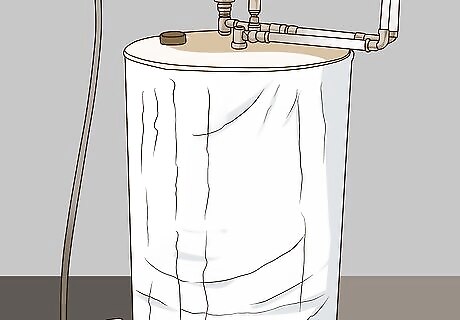
Attach the material as close to the tank’s surface as you can. Do not cover the top and the bottom of the water heater. Further, take care not to block a thermostat, or the air inlet/exhaust on a gas unit. See the manufacturer’s warning for specific locations. Do not insulate a unit that already has insulation on it. This will not improve the unit’s efficiency.
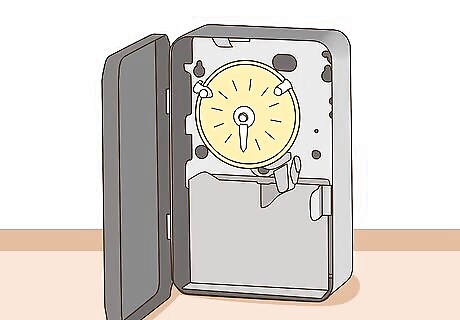
Install a timer on your water heater. Timers can turn off your water heater at night, or any other time you know hot water won’t be needed in your home. Some places also charge more during periods of peak demand, and you can set the timer to turn off for this period to save money as well.
Choosing a New How Water Heater
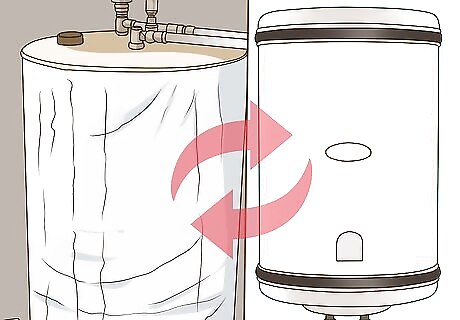
Replace an old or inefficient hot water heater. If your unit is over seven years old, replacing it now with a more energy efficient option will almost certainly save you money in the long run. Hot water units are generally expected to last 10-15 years, but will be less cost-efficient than newer models well before they stop working.

Make sure you have the right hook-ups. If you’re looking to replace a conventional storage tank model with a newer, more efficient model, you may have to go with the same type of power supply. For instance, if the old model was electric or gas, the corresponding hookup may determine the type of model you’ll need to get. If the old heater was electric but your home is already equipped with gas (natural or propane), you may be able to run a gas line to the location of your water heater and go with a more efficient, gas-powered option for your new hot water heater.
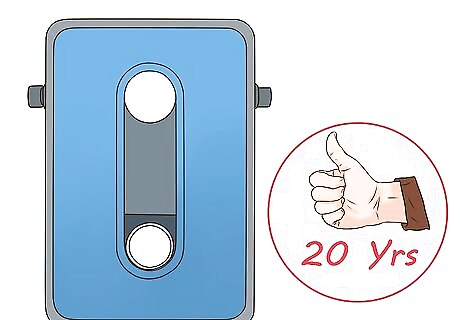
Weigh the benefits of a tankless water heater. Tankless water heaters greatly reduce heat loss and can cut your water heating costs by 10-20%. These units usually sit near the fixture that supplies you with hot water, though large centralized units can't sometimes supply multiple fixtures. They are only usable in certain situations, however. If you live in a multi-person household that requires several uses of hot water simultaneously, even a large, centralized tankless unit will likely be insufficient. You can use small tankless models on fixtures far from your water heater to reduce the main heater’s overall efficiency. Tankless water heaters last about 20 years, and cost anywhere from $200-$1000. While any type of tankless unit will be much less expensive to operate that a conventional unit, gas-powered tankless units will be more efficient than electric units. Unfortunately, temperature variability will likely increase with a tankless water heater.
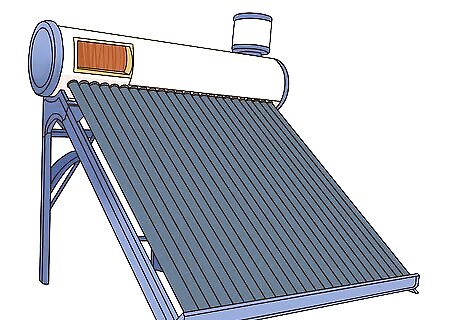
Look into heat-pump and solar systems. New technologies, such as units that move hot water around with pumps or heat water with the sun, are also increasingly available. While installation costs are generally high, the newest water heating options allow you to reduce your water-heating costs substantially.
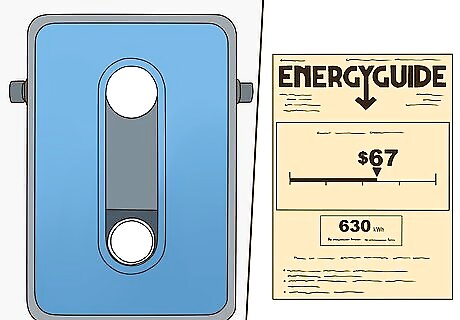
Check the EnergyGuide and Energy Factor labels. Conventional hot water heaters are labeled with their expected annual operating cost, or an EnergyGuide rating. Energy Factor labels, on the other hand, refer to the actual energy efficiency of the unit. The higher the Energy Factor number, the more efficient the unit. These labels will make comparison shopping much easier. Meanwhile, one of the other important factors to be aware of is the unit’s capacity - which will indicate how many gallons of hot water the unit will provide for an hour, starting with a full tank. Don’t rely on the units physical size to indicate its capacity - look for this “first hour” rating instead. In general, newer units of comparable abilities to older models will cost nearly 20% less to run per year, mostly on account of less heat loss. When in doubt, go with the option that has a higher Energy Factor rating. Though the initial cost may be higher, you’ll save more money in the long run.



















Comments
0 comment